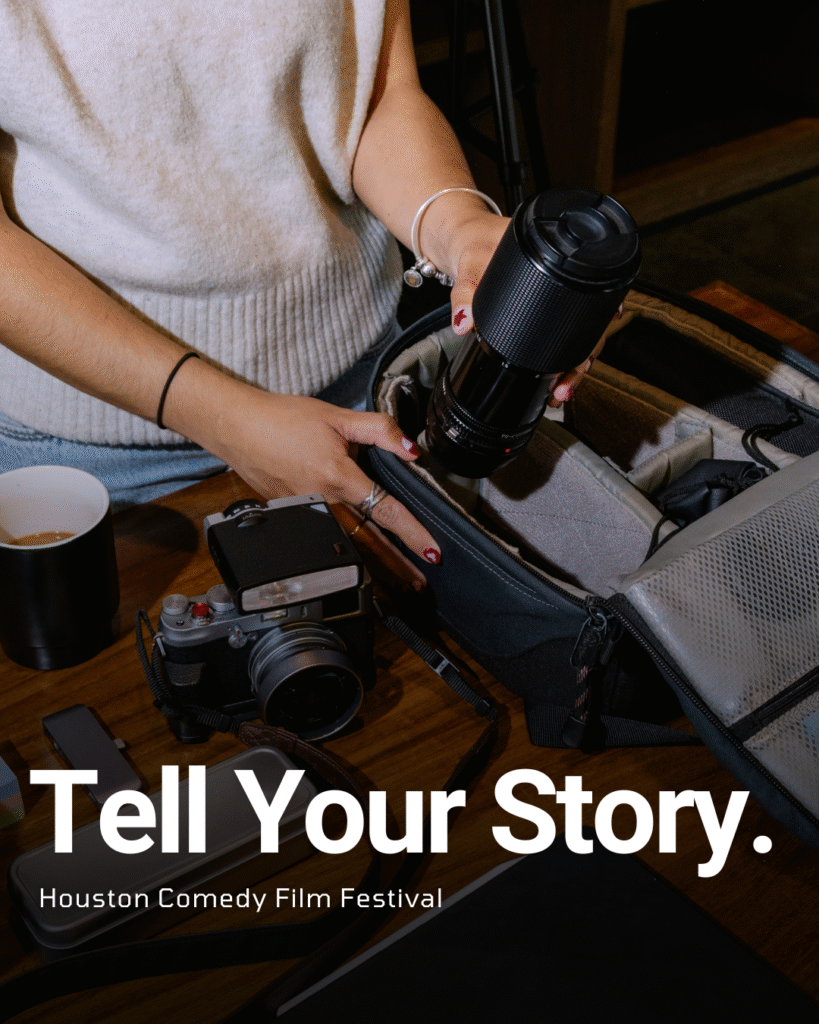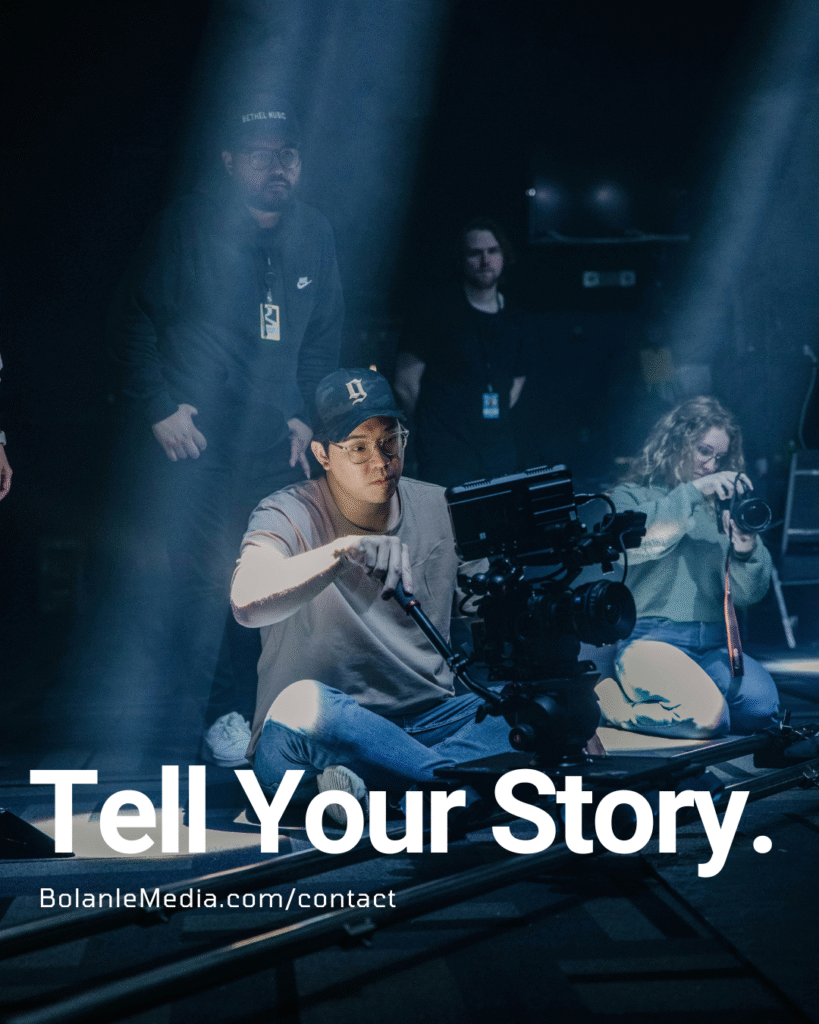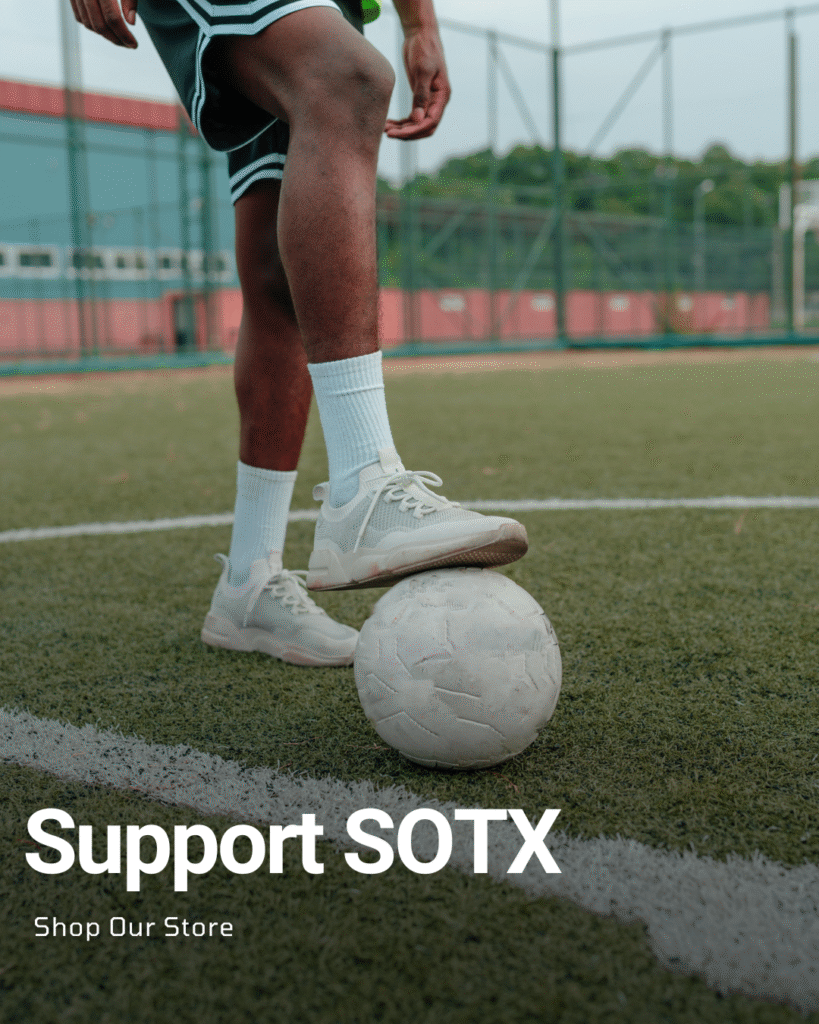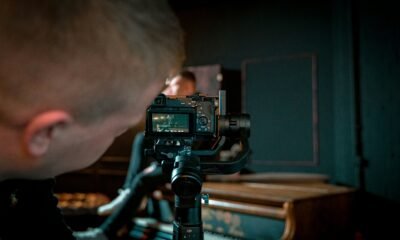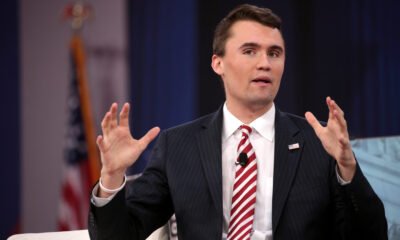News
What Hollywood Gets Dead Wrong About Witness Protection
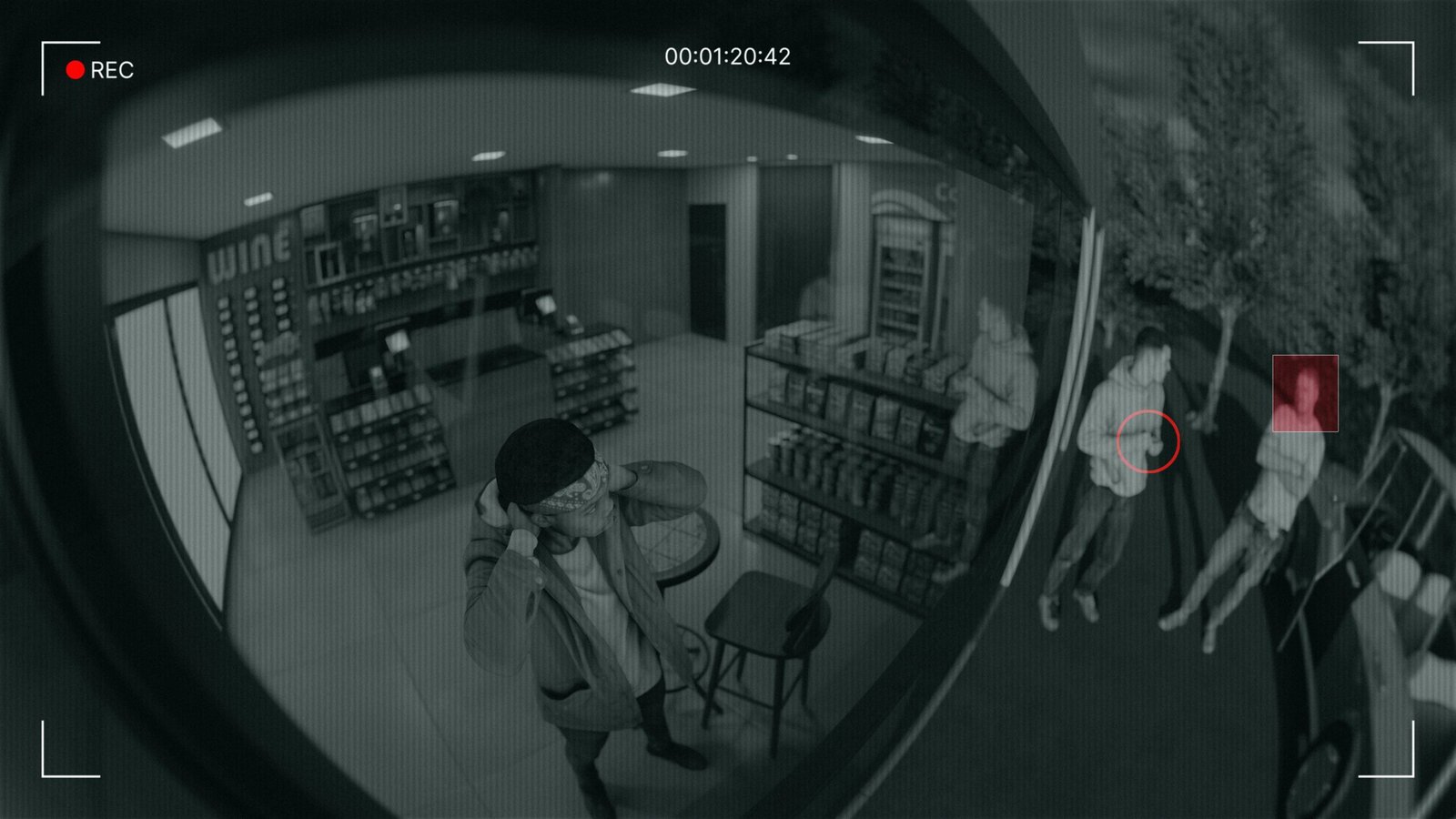
Witness protection—a phrase that conjures images of mysterious briefcases, quick getaways, and families suddenly living the high life in sun-soaked suburbia. Thanks to decades of Hollywood scripts, many people believe the program hands you a new name, a new mansion, a stack of cash, and a future free from worry or consequence. The reality? For most, it’s not even close.
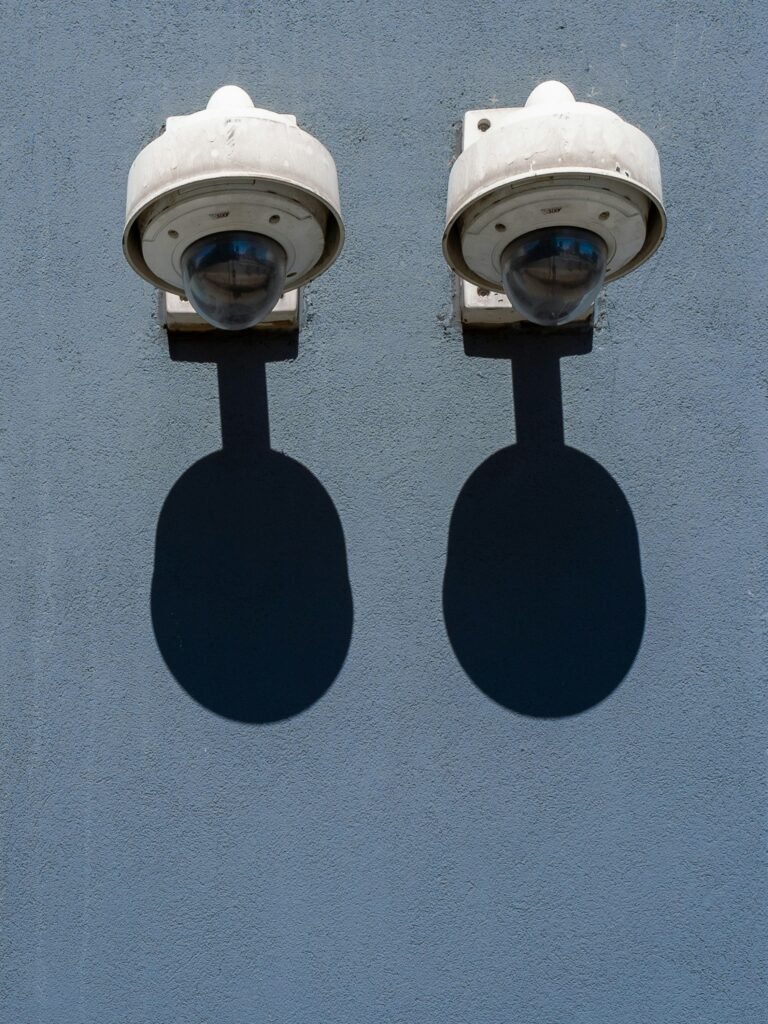
No Mansions, No Sports Cars, No Suitcases Full of Cash
Contrary to what the movies suggest, entering the witness protection program rarely comes with financial windfalls or luxury perks. When Jackee Taylor, whose real name isn’t Jackee, was taken into the program at age seven, her family didn’t move to a lavish house. They landed in a dingy motel in Montana, arriving from Florida in summer clothes, shivering through months of snow, and scraping by on meager government allowances. Instead of receiving every comfort, families often struggle with bare essentials, sometimes spending their last dollars on food or winter coats.
Family Erased, Not Just Relocated
Most Hollywood depictions gloss over the pain and isolation of cutting all ties with family and friends. For Jackee, the government demanded her mother return to a dangerous husband to ensure compliance, all for the sake of secrecy and security. Children, especially, are forced to lose contact with beloved relatives and are denied counseling to navigate that trauma. The program didn’t help them heal—it insisted on silence. Even the simple act of speaking to grandparents became a covert operation; for many, the loneliness lasts a lifetime.
A Life Built on Secrecy—And Lies
While movies revel in action-packed escapes, the everyday reality is that kids like Jackee grow up practicing new names and mastering a life built on deception. Being told to lie for survival changes a child’s entire mental landscape. Teachers, friends, and community members rarely believe the truth, leading to second-guessing, emotional isolation, and serious difficulties in identity formation. For many, like Jackee, this pressure results in misdiagnosis, misbehavior, and sometimes destructive coping mechanisms.
Bureaucracy, Not Security
Hollywood loves the idea of witness protection as an impenetrable shield, but in reality, participants frequently face bureaucratic nightmares. Jackee’s family struggled for years to get basic documentation—birth certificates were refused, Social Security numbers were mismatched, and getting married or applying for a job often became insurmountable tasks. The promise of “protection” sometimes means losing access to real opportunities, complicating things like college admission, tax filings, health insurance, or Medicaid for children.
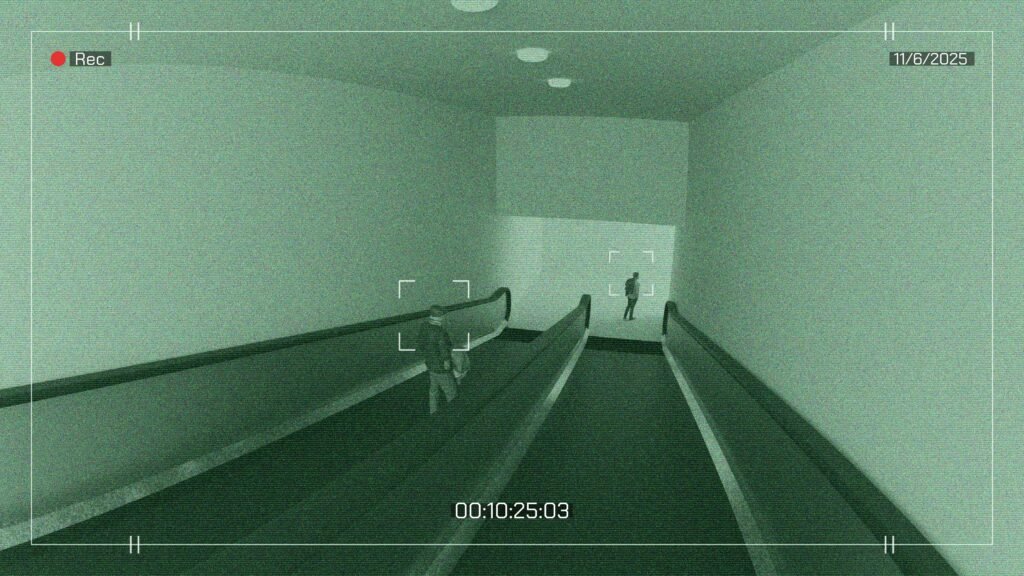
Generational Fallout and Lack of Support
Films skip over the ripple effect that witness protection creates for families, especially children who never get to choose this life. Jackee’s story illustrates how unresolved trauma, government paperwork chaos, and lack of counseling can haunt families for generations. With no oversight committee and almost no recourse, many like Jackee have had to advocate for themselves and others, forming support networks and pushing for congressional hearings to address historic and ongoing failures in the system.
Conclusion: The Real Story Hollywood Never Tells
Witness protection isn’t what the movies say it is. It’s not fancy, fast, or fail-proof. It’s lonely, stressful, and full of practical hardships no scriptwriter ever imagines. For survivors like Jackee, the hope is not for a Hollywood ending, but for honest reform and dignity for those still lost in the system’s shadows.
Health
Over Half of Americans Use PTO for Pure Rest, While 1 in 3 Do Nothing for Days

More than half of Americans are now spending their paid time off (PTO) resting at home, with a full third choosing to do absolutely nothing for days on end—a trend that’s being dubbed “bedrotting.” According to a revealing Marleep survey, 57% of respondents admit to taking time off specifically to lay in bed, while 33% say they’ve set aside multiple days in the past year just for complete rest. This emerging pattern speaks volumes about growing burnout and the changing face of workplace culture across generations.
For many, PTO once meant planning adventures or memorable getaways. Now, it more often means using that precious time off for deep recovery. The Marleep study found that most Americans are not traveling the world or exploring new hobbies on their days off—they’re simply unplugging, retreating to their beds, and, frequently, scrolling endlessly on their phones.
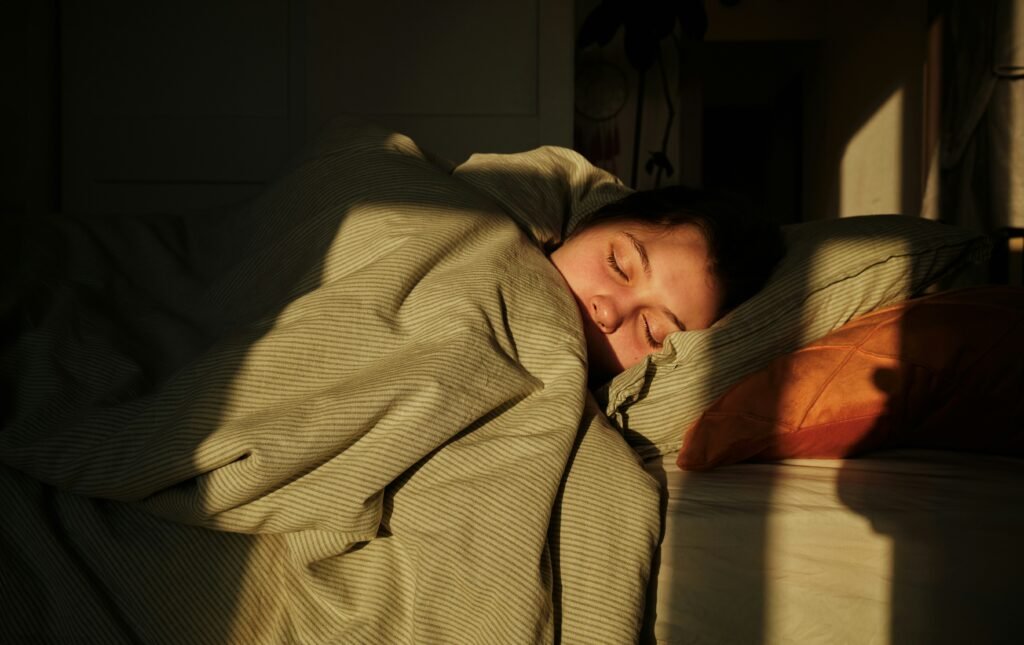
One telling detail from the survey is the emotional toll: 53% of people feel guilty for using their PTO to rest instead of engaging in more traditional, active pursuits. Workplace expert Joyelle Crawford explains that this sense of guilt itself is a red flag, rooted in a “business over balance” culture that often leaves people too exhausted to even plan a vacation.
“Gen Z isn’t lazy—they’re literate in self-preservation. They’re rejecting hustle culture and taking bedrotting days because traditional models of work and rest aren’t working for them.” — Joyelle Crawford
Crawford encourages viewing PTO as “permission to optimize.” She suggests using these days to reset, reflect, and rethink personal boundaries—sometimes the most restorative vacation is about stepping back from overcommitting, not from leaving town.

This approach is especially pronounced among Gen Z, who are most likely to cancel plans due to anxiety or low motivation. Experts say this isn’t laziness but a sign that younger generations are prioritizing mental health and healthy boundaries. Still, it’s important to combine this newfound rest ethic with intention—rest without purpose can slide into avoidance and isolation.
57% of Americans now use PTO just to rest in bed—while 1 in 3 take multiple days off just for doing nothing.
As more Americans choose bed over beaches on their days off, they’re sending a clear message: sometimes, genuine recovery means doing absolutely nothing, and that’s perfectly okay.
News
Bad Bunny Makes History – and Headlines – As Super Bowl Halftime Choice
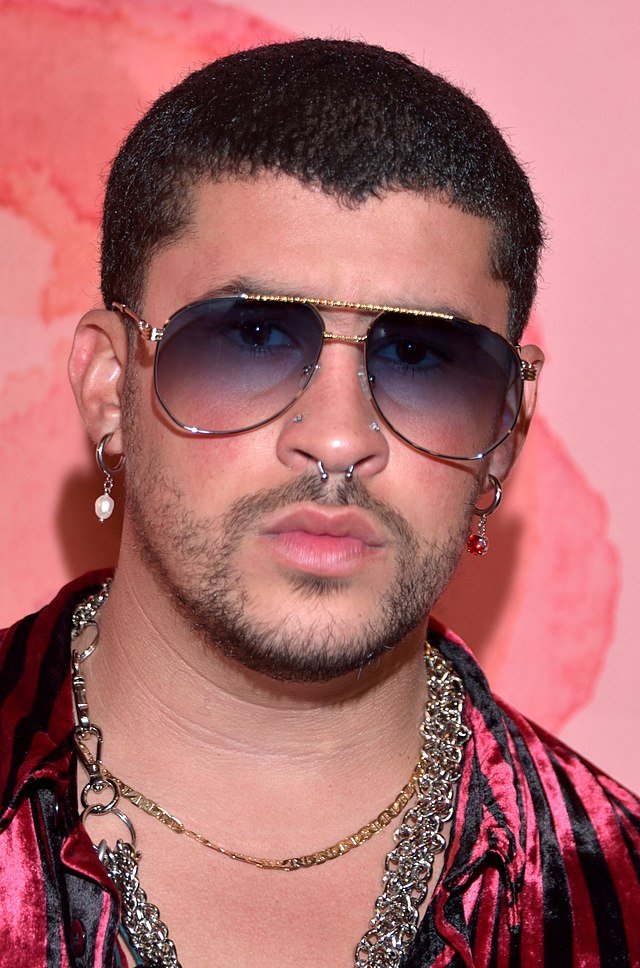
Global superstar Bad Bunny has once again put Latin music and culture squarely in the spotlight—this time, as the headline performer for the 2026 Super Bowl halftime show. The Puerto Rican artist’s upcoming performance is set to be delivered entirely in Spanish, marking a historic first for the event and signaling a major win for Latino representation in American pop culture.
Celebration and Backlash
The announcement was widely celebrated across social media and the entertainment industry. Past halftime show stars like Jennifer Lopez, Shakira, and Bruno Mars openly voiced their support, emphasizing how powerful Bad Bunny’s presence is for a new generation of fans. His enormous global influence is backed by chart-smashing releases, stadium-filling tours, and millions of music streams.
But not everyone was happy. Conservative and MAGA supporters quickly generated a backlash, criticizing Bad Bunny’s selection. President Donald Trump dismissed the decision as “absolutely ridiculous,” while House Speaker Mike Johnson insisted that a “real American” should have been chosen—suggesting country singer Lee Greenwood instead. The criticism ranged from accusations that Bad Bunny “isn’t American enough,” to complaints about his choice to perform exclusively in Spanish.
Culture Clash and Impact
Bad Bunny’s selection is the latest example of Latino artists facing heated cultural debates at high-profile U.S. sports events. The controversy echoes past reactions to performances from artists like Jose Feliciano, Jennifer Lopez, and Shakira. These moments highlight ongoing conversations about American identity, representation, and inclusion.
Despite the rancor, Bad Bunny’s star continues to rise. Almost immediately after the announcement, his music streams and social engagement surged in the U.S., with fans joking that everyone needs to brush up on their Spanish before halftime. Bad Bunny himself responded with humor and pride, saying, “What I’m feeling goes beyond myself. It’s for those who came before me and ran countless yards so I could come in and score a touchdown…This is for my people, my culture, and our history. Ve y dile a tu abuela, que seremos el HALFTIME SHOW DEL SUPER BOWL”.
Billboard Honor and Ongoing Influence
Bad Bunny will also be honored as Billboard’s Top Latin Artist of the 21st Century at the 2025 Billboard Latin Music Awards in Miami. This recognition celebrates his historic success on the Billboard charts, groundbreaking achievements in fashion and film, and his social influence across generations.
With record-breaking tours, innovative collaborations, and fashion statements, Bad Bunny is not only changing the soundscape—he’s reshaping pop culture’s boundaries.billboard+2
Conclusion
The storm around Bad Bunny’s Super Bowl halftime show is more than a musical controversy. It’s a landmark in the ongoing story of Latino artists claiming their space in American culture, and a reflection of the tensions—and triumphs—of representation in 2025. Whether you’re learning Spanish for halftime or tuning in for the debate, one thing is clear: Bad Bunny’s moment is making history.
News
ChatGPT Prompts Lead to Arrest in Pacific Palisades Fire Case
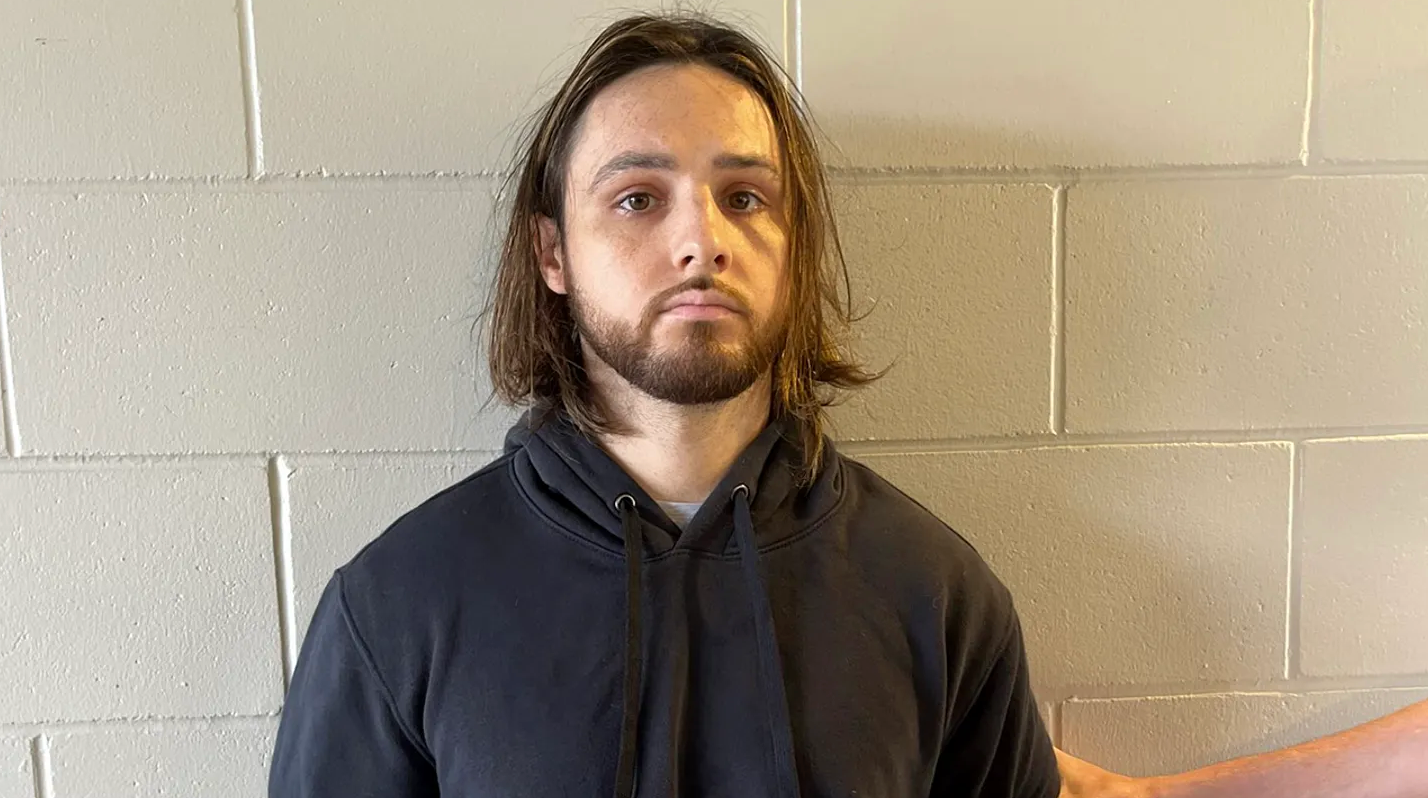
Investigators have ushered in a new era for crime-solving with the arrest of Jonathan Rinderknecht in connection with the devastating Pacific Palisades fire—using evidence from his very own ChatGPT prompts. What was once thought of as a private dialogue between man and machine has now become central to one of California’s most tragic arson cases.

Unmasking an Arsonist Through AI
As the January 2025 wildfire raged through Pacific Palisades, leaving over 6,000 homes destroyed and twelve lives lost, investigators looked beyond traditional clues. They discovered Rinderknecht had asked ChatGPT months before the fire to generate dystopian images depicting burning cities, fleeing crowds, and a world on fire—details disturbingly close to what would later unfold. These prompts became more than digital artwork; they were a window into the suspect’s mindset and possible intent.
The Digital Trail
Not content with images alone, authorities found even more direct evidence in Rinderknecht’s chat history. Shortly after midnight on January 1, officials say he walked a remote trail after finishing an Uber ride, then set the initial blaze. Around the same time, he queried ChatGPT: “Are you at fault if a fire is ignited because of your cigarettes?”—seemingly searching for a legal loophole or trying to create an innocent explanation. This, added to location data and phone records showing his presence at the fire’s origin, gave prosecutors a strong and unique case.
ChatGPT’s Role in the Case
According to the Department of Justice, the prompts and images retrieved from ChatGPT formed part of a broader tapestry of evidence. The “dystopian painting” created by the AI, as described in court records, depicted the very kind of disaster that occurred in Pacific Palisades, and was showcased during press briefings as proof of premeditation.
Legal experts say this case could set new precedent for the use of AI-generated content in courtrooms, as authorities treat chatbot histories and digital prompts much like text messages, emails, or social media posts—fully subject to subpoenas and forensic analysis.
Setting a New Digital Standard
For the people of Los Angeles, the Palisades fire stands as a grim reminder of what can be lost in hours. For law enforcement and legal experts, it is also a milestone: AI conversations and digital records now join the fingerprints, witness reports, and physical evidence that help crack tough cases.
The arrest of Jonathan Rinderknecht is a warning to anyone who imagines digital footprints are easily erased. Today, even conversations and creations with artificial intelligence can be tracked, retrieved, and used in a court of law.

 Business3 weeks ago
Business3 weeks agoDisney Loses $3.87 Billion as Subscription Cancellations Surge After Kimmel Suspension

 Entertainment3 weeks ago
Entertainment3 weeks agoWhat the Deletion Frenzy Reveals in the David and Celeste Tragedy

 Filmmaking4 weeks ago
Filmmaking4 weeks agoThe Real Reasons Film Jobs Are Disappearing

 Entertainment4 weeks ago
Entertainment4 weeks agoABC Suspends ‘Jimmy Kimmel Live!’ Indefinitely After Kirk Remarks

 Film Industry4 weeks ago
Film Industry4 weeks agoInside “Sanctuary”: Ian Courter on Military Comedy’s Human Side

 Tech4 weeks ago
Tech4 weeks agoWhy Experts Say AI Could Manipulate, Blackmail, and Even Replace Human Relationships

 News4 weeks ago
News4 weeks agoSeeing Trauma: What Charlie Kirk’s Death Reveals About a Nation in Conflict

 Entertainment3 weeks ago
Entertainment3 weeks agoExecutive Producer Debut: How Celia Carver Created Festival Hit ‘Afterparty’


